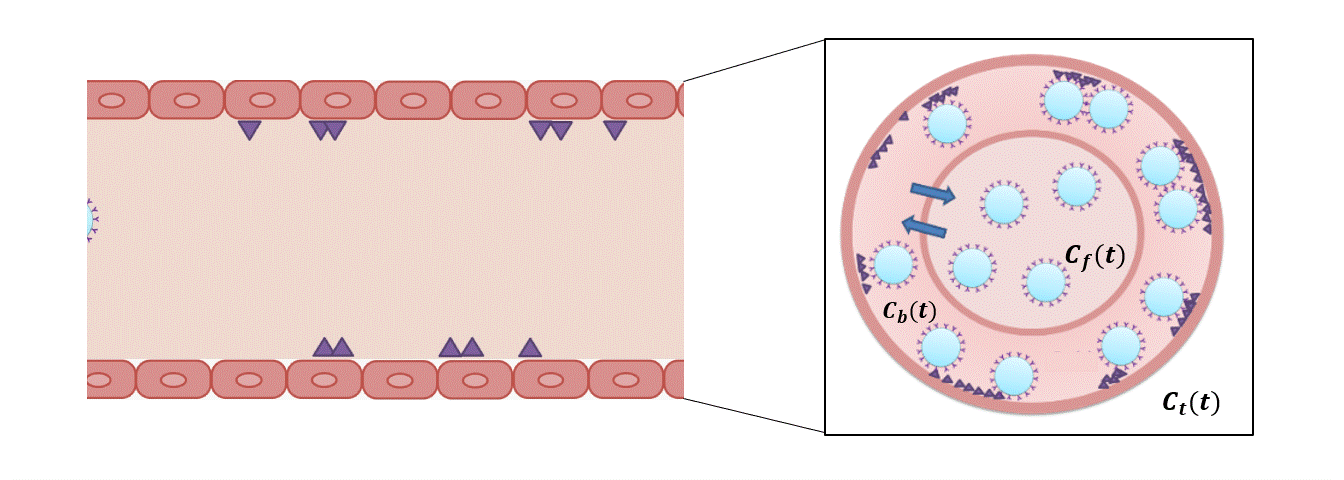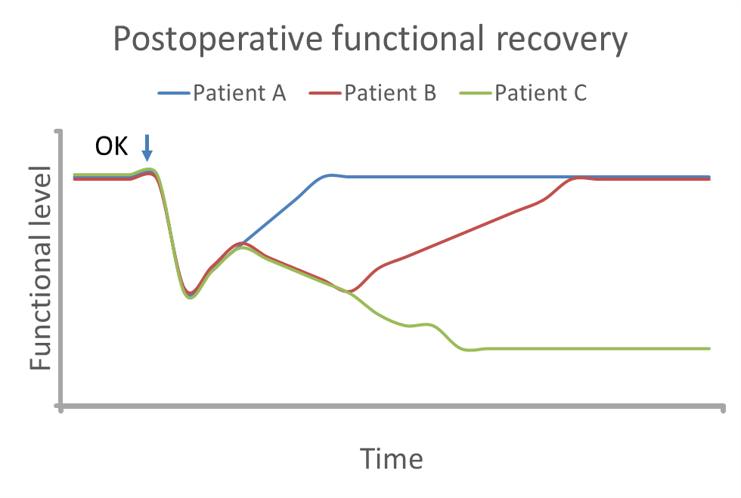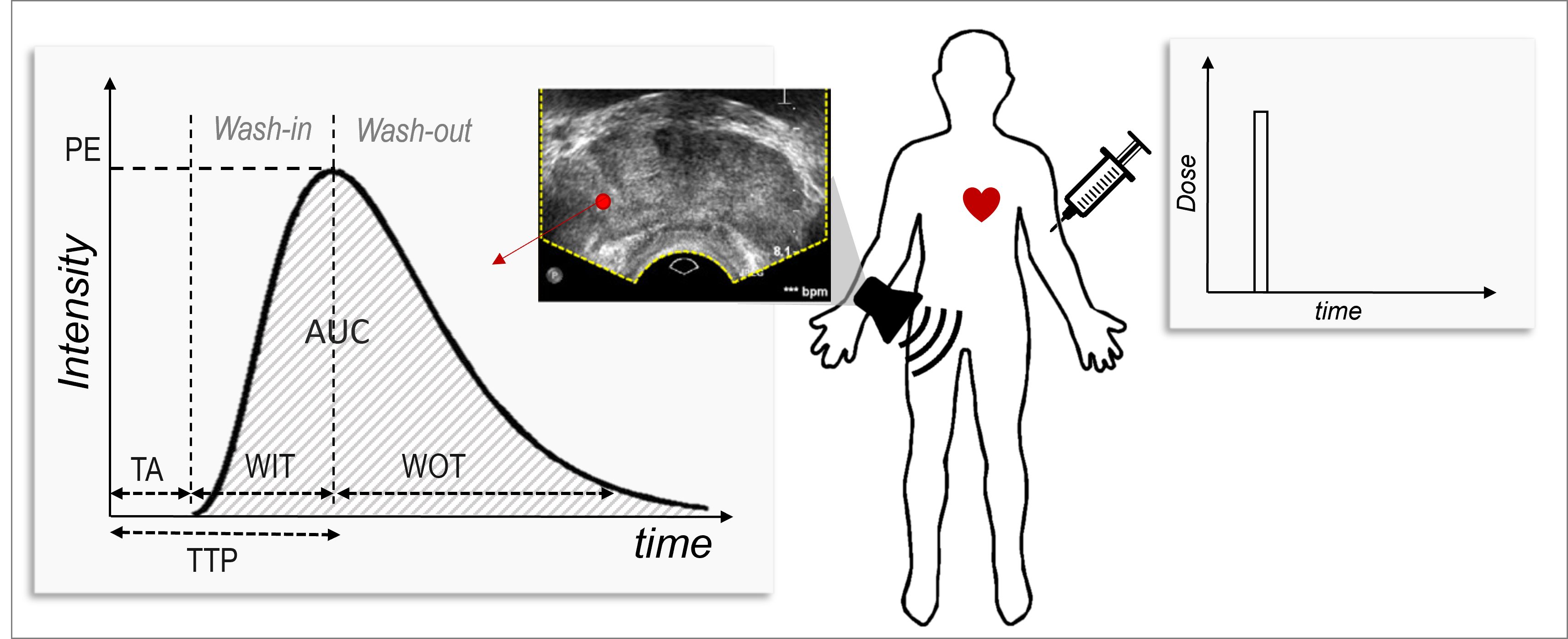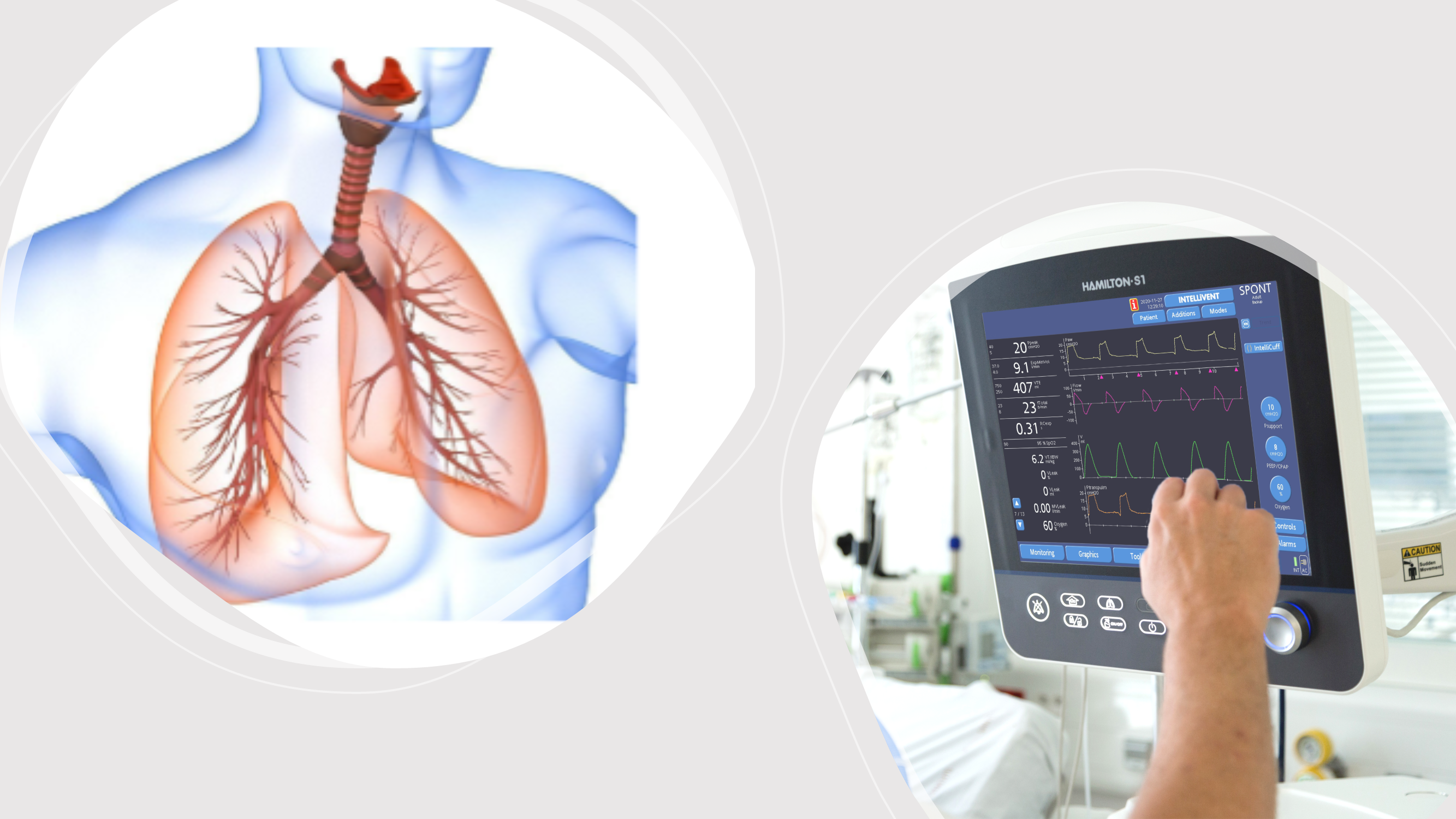Sitemap
A list of all the posts and pages found on the site. For you robots out there is an XML version available for digesting as well.
Pages
Posts
MOMENTUM project awarded funding by NWO Open Technology Program
Published:
I am excited to share that we were awarded funding through NWO’s Open Technology Programme four our MOMENTUM project, of which I am the main applicant and project leader. This grant will support our research into nanobubble-enhanced ultrasound imaging for improved cancer diagnostics, enabling us to deepen collaboration with clinical partners and accelerate translation of advanced imaging technology into healthcare practice.
One MinuTU/e: AI for prostate cancer diagnostics
Published:
In this short video for the series “One MinuTU/e”, I pitch our research on prostate cancer imaging. If would like to support our research, please consider making a donation to the Universiteit Fonds. More videos of this series can be found here.
Collaboration as the key to making impact
Published:
In this interview for the series “Brightful Minds” by 4TU, I discuss how collaboration is key to creating real impact in biomedical engineering. I highlight the importance of working closely with hospitals and industry to ensure that research in medical imaging and patient monitoring addresses clinical needs and can be translated into practice.
AI helps search for prostate cancer
Published:
In this interview “AI helps search for prostate cancer,” I discuss how integrating artificial intelligence with diverse clinical data can give physicians deeper insights when diagnosing tumors, improving detection of prostate cancer by combining imaging, biomarkers, and quantitative models.
portfolio
Pharmacokinetic modeling in cancer: from functional to molecular imaging of angiogenesis
In this line of research, we propose quantitative assessment of cancer angiogenesis by combining dynamic contrast-enhanced imaging with pharmacokinetic modeling of the contrast agent kinetics. This enables the extraction of interpretable parameters that can be used for cancer diagnostics. 
Prediction of patient deterioration
In perioperative care, the timely prediction of patient deterioration has as a pivotal role in ensuring optimal patient outcomes and the efficient allocation of resources within hospital settings. The ability to foresee changes in a patient’s condition before they escalate into critical states is paramount for healthcare providers seeking to deliver high-quality and patient-centered care. In this line of research, we develop novel strategies for timely prediction of patients at risk. 
Multiparametric MRI and radiogenomics in prostate cancer
Prostate cancer is the second most common form of cancer and one of the most lethal in western men. Timely and accurate diagnosis is crucial. Multiparametric MRI is currently the recommended imaging modality for prostate cancer. However, it is not sufficiently accurate to replace systematic biopsies. In this line of research, we extract quantitative parameters from multiparametric MRI and combine them by machine learning for improving prostate cancer diagnostics. Additionally, we investigate the link between relevant MRI features and genomic features of aggressive prostate cancer.

Quantitative contrast-enhanced ultrasound
Ultrasound contrast agents (UCAs) have significantly expanded diagnostic possibilities through the concurrent application of indicator dilution principles and dynamic contrast-enhanced ultrasound (DCE-US) imaging. In this line of research, we develop quantitative analysis methods to extract multiple quantitative maps from DCE-US, reflecting complementary variables of underlying physiological processes. Using probabilistic frameworks based on emerging machine-learning methods, we aim to enhance the diagnostic accuracy of DCE-US imaging through the optimal combination of extracted complementary information. 
Modeling and analysis of patient mechanical ventilation
Mechanical ventilation is a critical medical intervention employed to support patients with compromised respiratory function. While mechanical ventilation is essential in various clinical settings, including intensive care units and emergency situations, it is not without potential risks and complications. This line of focuses modeling and analysis of mechanical ventilation for better assessment of patient’s efforts with the aim of reducing potential risks.
Nanobubble-based contrast-enhanced ultrasound
Novel contrast agents composed of nanobubbles (~300 nm) are being developed to overcome the limitations of standard clinically-available ultrasound contrast agent. Because of their smaller size, nanobubbles can cross the vascular endothelium and reach targets beyond the vessel wall, opening up new avenues for assessment of vascular permeability and the expression of cancer-specific targets. In this line of research, we developed pharmacokinetic model describing the transport of the nanobubbles in the vasculature and their distribution in tissue, with the aim of extracting quantitative cancer biomarkers. 
Hemodynamic monitoring
Hemodynamic monitoring in hospitals involves the continuous observation and assessment of blood circulation and cardiovascular function in patients. This process is crucial for understanding and managing conditions that affect the heart and blood vessels. In this line of research, we develop novel theoretical and experimental methods for assessing hemodynamics function, using standard clinical equipment. 
publications
Paper Title Number 1
Published in Journal 1, 2009
This paper is about the number 1. The number 2 is left for future work.
Recommended citation: Your Name, You. (2009). "Paper Title Number 1." Journal 1. 1(1).
Download Paper
Paper Title Number 2
Published in Journal 1, 2010
This paper is about the number 2. The number 3 is left for future work.
Recommended citation: Your Name, You. (2010). "Paper Title Number 2." Journal 1. 1(2).
Download Paper
Paper Title Number 3
Published in Journal 1, 2015
This paper is about the number 3. The number 4 is left for future work.
Recommended citation: Your Name, You. (2015). "Paper Title Number 3." Journal 1. 1(3).
Download Paper
Paper Title Number 4
Published in GitHub Journal of Bugs, 2024
This paper is about fixing template issue #693.
Recommended citation: Your Name, You. (2024). "Paper Title Number 3." GitHub Journal of Bugs. 1(3).
Download Paper
Paper Title Number 5, with math \(E=mc^2\)
Published in GitHub Journal of Bugs, 2024
This paper is about a famous math equation, \(E=mc^2\)
Recommended citation: Your Name, You. (2024). "Paper Title Number 3." GitHub Journal of Bugs. 1(3).
Download Paper
research
Cancer imaging
 Cancer is a global health challenge. Timely and accurate detection and diagnosis, together with effective therapy monitoring are essential in the fight against cancer. Based on the established link between cancer and the formation of (neo)vessels to support tumor growth (angiogenesis), several imaging modality have been developed to detect early angiogenic changes. Non-invasive, radiation-free ultrasound and MRI imaging are particularly interesting for angiogenesis imaging. However, mostly qualitative assessment is currently performed in the clinical routine, possibly missing important information hidden in these rich spatio-temporal imaging sets. In this line of research, we develop methods for quantification of MRI and US imaging, and extraction of effective cancer biomarkers. I strive to combine model-driven and data-driven approaches to obtain interpretable, physics-based biomarkers for improving cancer diagnostics.
Cancer is a global health challenge. Timely and accurate detection and diagnosis, together with effective therapy monitoring are essential in the fight against cancer. Based on the established link between cancer and the formation of (neo)vessels to support tumor growth (angiogenesis), several imaging modality have been developed to detect early angiogenic changes. Non-invasive, radiation-free ultrasound and MRI imaging are particularly interesting for angiogenesis imaging. However, mostly qualitative assessment is currently performed in the clinical routine, possibly missing important information hidden in these rich spatio-temporal imaging sets. In this line of research, we develop methods for quantification of MRI and US imaging, and extraction of effective cancer biomarkers. I strive to combine model-driven and data-driven approaches to obtain interpretable, physics-based biomarkers for improving cancer diagnostics.
Perioperative monitoring
 Patient monitoring in perioperative care involves the continuous observation and assessment of individuals before, during, and after surgical procedures. This comprehensive monitoring is crucial to ensure the patient’s safety, well-being, and optimal recovery. Throughout the perioperative period, various vital signs and parameters are closely observed, including heart rate, blood pressure, oxygen saturation, respiratory rate, and body temperature. A crucial aspect of patient monitoring in perioperative care involves the implementation of systems for predicting and detecting signs of patient deterioration. Early identification of potential issues allows for prompt intervention and can significantly improve patient outcomes.
Patient monitoring in perioperative care involves the continuous observation and assessment of individuals before, during, and after surgical procedures. This comprehensive monitoring is crucial to ensure the patient’s safety, well-being, and optimal recovery. Throughout the perioperative period, various vital signs and parameters are closely observed, including heart rate, blood pressure, oxygen saturation, respiratory rate, and body temperature. A crucial aspect of patient monitoring in perioperative care involves the implementation of systems for predicting and detecting signs of patient deterioration. Early identification of potential issues allows for prompt intervention and can significantly improve patient outcomes.
talks
Talk 1 on Relevant Topic in Your Field
Published:
This is a description of your talk, which is a markdown files that can be all markdown-ified like any other post. Yay markdown!
Conference Proceeding talk 3 on Relevant Topic in Your Field
Published:
This is a description of your conference proceedings talk, note the different field in type. You can put anything in this field.
teaching
Courses
Master courses, Eindhoven University of Technology, Electrical Engineering, 2025
I am responsible teacher for the course Statistical Signal Processing (5CTA0) and guest lecturer for the course Technology for Care and Cure (5LSN0).
Student projects
Bachelor and master projects, Eindhoven University of Technology, Electrical Engineering, 2025
Are you a student interested in a project on signal or image processing for biomedical applications? We have student’s projects (bachelor end projects, master internships and theses, erasmus exchanges) available in several application areas.

